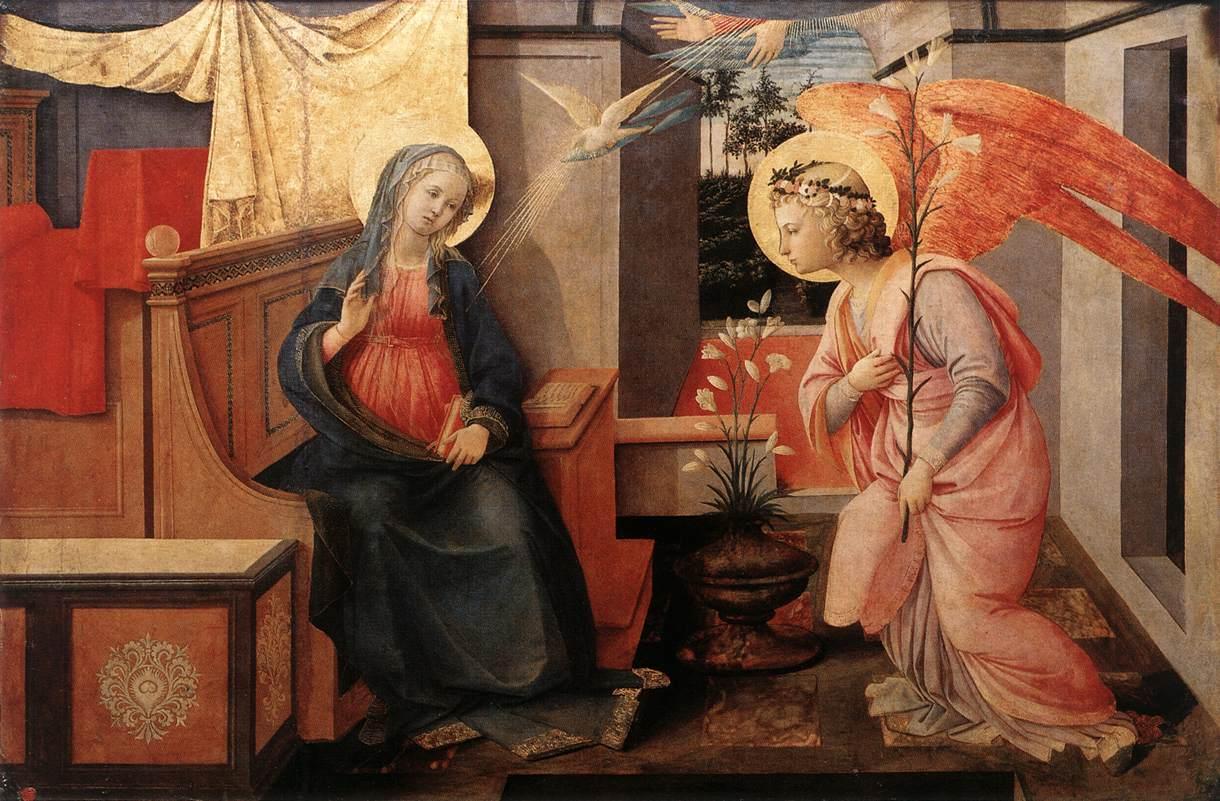
What is an angel?
Angels are spiritual beings and can appear in many forms. Sometimes they are messengers, sometimes healers and guardians. For some they might simply be a person we come across who does something good for us. We can identify similar creatures in the ancient religions of the Near and Middle East and in cultures around the world today.
How do they present themselves?
They are described differently in the sacred scriptures of the Torah, the Christian Bible and the Qur’an. Sometimes they are said to be made of a brilliant light or disguised in human form as in the story of Abraham where angels are simply called ‘strangers’.
Who are some of the better known angels through history?
Michael is associated with the war in heaven where he led God’s angels in battle against the rebel angels. Gabriel is mentioned in the Christian Gospel of Luke as the angel who was sent by God to the Virgin Mary inviting her to be the mother of Jesus.
Of course perhaps the most famous, or infamous, is Lucifer – the devil – also known as the ‘fallen angel’.
Have they come in and out of favour?
At the Protestant Reformation people were discouraged from asking angels to pray or intercede for them. Images and statues of angels were also destroyed. They reappeared in stained glass and other decorative arts in a big way in Scotland from the mid-19th century onwards.
When did they start being part of Christmas decorations?
Angels are an integral part of the Christmas story. It was the angels that announced the birth of Jesus to shepherds on the first Christmas night and it was an angel that told Joseph to take Mary and the baby Jesus to Egypt. This is why angels are everywhere at Christmas, from carols to Christmas trees and not forgetting the Nativity Play.
Why have they become commercialised at other times such as Valentine’s Day?
Because angels in the form of cherubs and cupids are powerful symbols of love, desire, devotion and mystery.
Do you believe yourself?
I share a view expressed in the exhibition that there is more to life than what we can actually see. I love the story of Abraham and the angels and the fact that they are perceived first as strangers or wayfarers. I’ve met many good and inspiring people during my own life journey – who knows maybe one of them was an angel in disguise?
Any unusual exhibits?
One of the most curious objects in the exhibition is a small sculpture of an angel carved from the vertebrae of a dead horse. We’re not sure why. Did the owner love his horse so much that he had this memento made after the horse’s death?
Why has music, TV, film and literature been inspired by angels?
Because angels are so mysterious they can be cast in all sorts of roles, from goodies – think about the film It’s a Wonderful Life – to baddies like the dreaded screaming angels in Dr Who.
What’s your favourite part of the exhibition?
I like that the exhibition came about as a result of different conversations about angels with people of faith and of none, which is captured in a short film. I love where you can listen to peoples’ own personal beliefs about angels and the part they play.
Heavenly Creatures: Angels in Faith, History and Popular Culture is at St Mungo’s Museum of Religious Life and Art until Sunday April 17 2016. www.glasgowmuseums.com

Enjoy the convenience of having The Sunday Post delivered as a digital ePaper straight to your smartphone, tablet or computer.
Subscribe for only £5.49 a month and enjoy all the benefits of the printed paper as a digital replica.
Subscribe